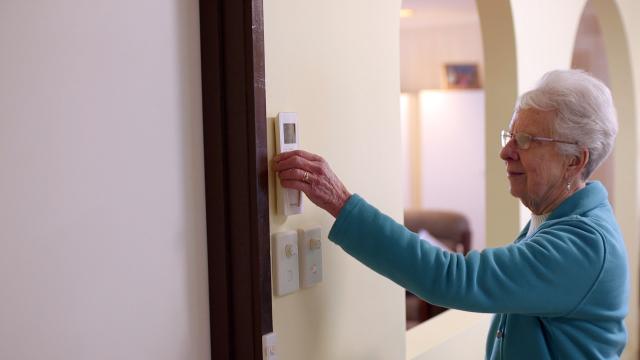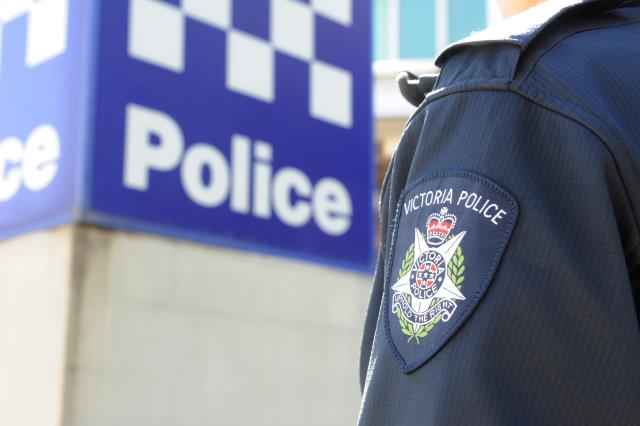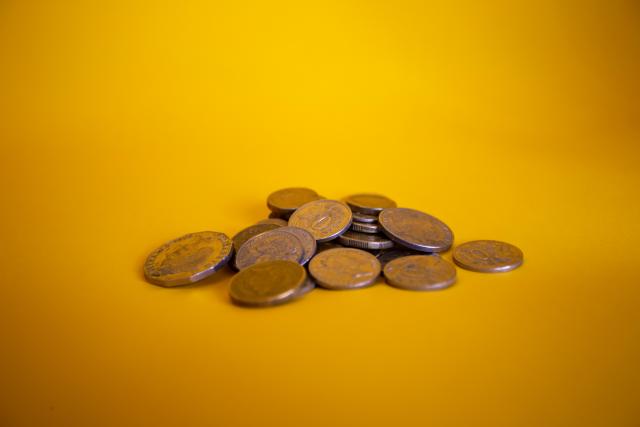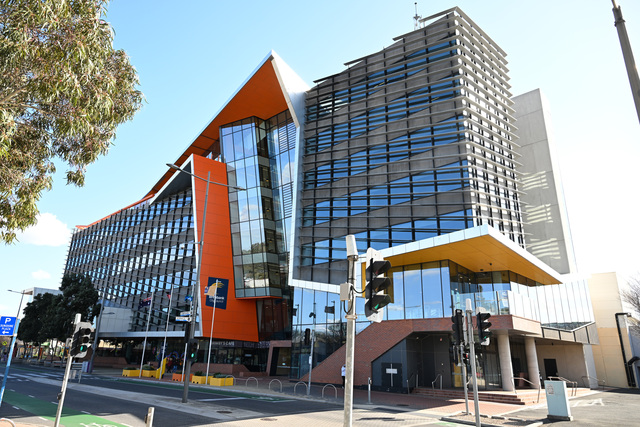Sustainability Victoria has released the latest version of its Household Energy Action Guide, just in time for winter, providing householders with simple, cost-effective ways to reduce energy bills and improve the comfort of their homes.
Developed by Sustainability Victoria’s team of energy experts, the guide comes as the latest figures* show that on average, heating accounts for 43 per cent of overall energy cost in Victorian households followed by water heating at 17 per cent.
“We know the cost of heating far outweighs running appliances, lighting or heating hot water,” explained Sustainability Victoria’s Interim CEO Matt Genever.
“This is why it’s important to provide householders with practical ways they can reduce their energy costs without breaking the bank.
“Some of the actions in our Household Energy Action Guide will cost noting and require minimal effort but result in big dollar savings.
“Even a modest investment can make a big difference as we found when we upgraded 1,000 homes as part of our Victorian Healthy Homes program.
“With minor upgrades like draught-sealing, window coverings and insulation, heating costs can be lowered by up to 40 per cent, health improved with a more comfortable temperature, and emissions reduced.”
Importantly, the Healthy Homes study showed householders’ quality of life increased and their healthcare costs were reduced over the winter period. For every $1 saved in energy costs, more than $10 was saved in healthcare costs.
Victoria has more than 1.3 million homes built before 1991 that average below 2 stars (NatHERS) for energy efficiency (new homes must be built to 6 stars). For the people in these homes, this means that winter brings not only cold indoor temperatures and high energy bills, but also health risks.
Sustainability Victoria’s top three tips to reduce your heating costs this winter:
• Heat to just the right temperature. Set your thermostat to between 18 and 20. Every degree higher will increase running cost by around 10 per cent.
• Use your reverse-cycle air conditioner (‘split system’) for heating. Split systems are an efficient way to heat a room. Make sure you clean the filter regularly and have it serviced at least every two years to keep it operating efficiently and safely.
• Close off rooms not in use so you only heat the rooms you are using.
For more information on saving energy in the home, visit: https://www.sustainability.vic.gov.au/energy-efficiency-and-reducing-emissions/save-energy-in-the-
home







